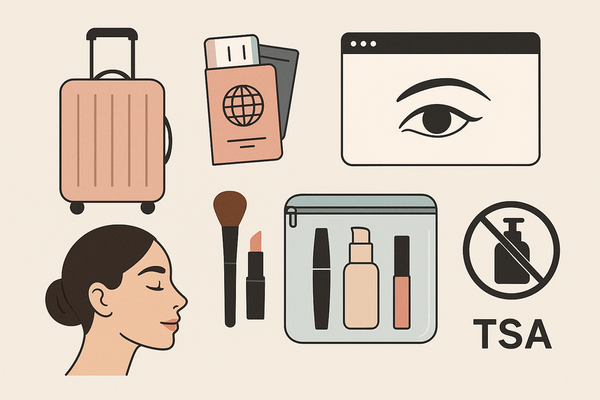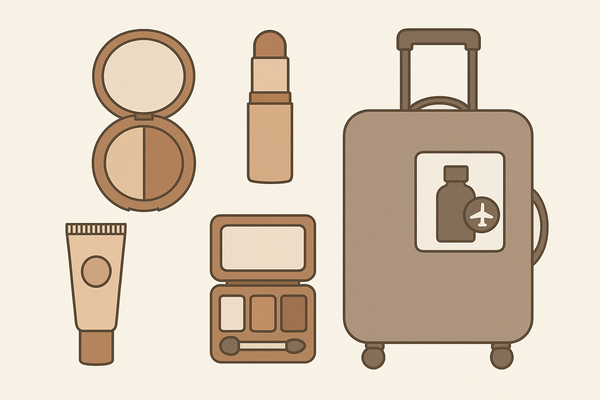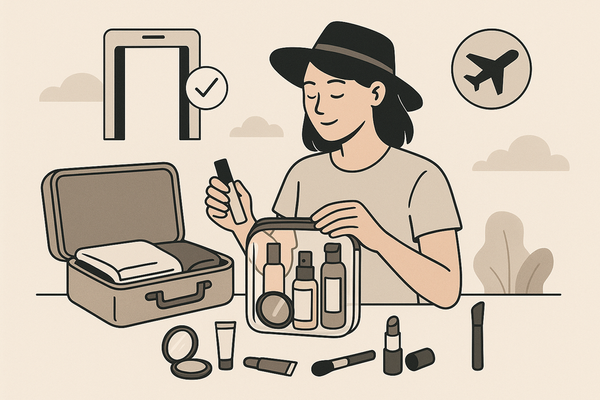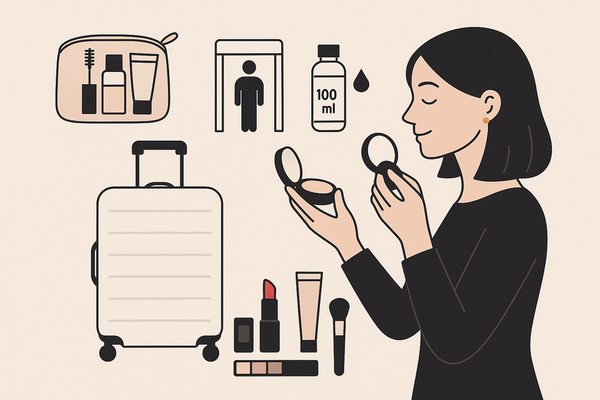How an AI Virtual Beauty Session Is Revolutionizing Your Makeup Routine
Discover how AI virtual beauty sessions are transforming makeup routines with innovative AR technology, offering personalized advice and virtual try-ons.
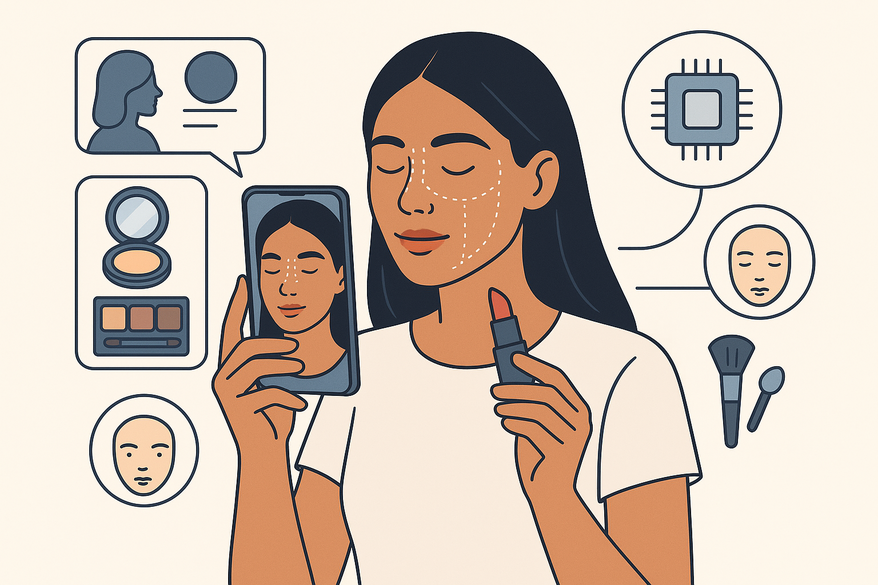
7 min read
Key Takeaways
- Real-time AR lets you try on makeup instantly from home.
- Time and cost savings benefit both consumers and brands.
- Hyper-personalized recommendations increase loyalty and satisfaction.
- Lower return rates and higher conversions drive industry growth.
- Inclusive beauty experiences reach consumers across the globe.
Table of Contents
- Section 1: What Is an AI Virtual Beauty Session?
- Section 2: The Benefits of Using an AI Virtual Beauty Session
- Section 3: How AI Virtual Beauty Sessions Are Revolutionizing the Beauty Industry
- Section 4: Behind the Scenes – How the Technology Works
- Section 5: Case Studies and Success Stories
- Conclusion
- FAQ
An AI virtual beauty session is a cutting-edge virtual makeup consultation technology that leverages artificial intelligence and augmented reality to deliver personalized, interactive, real-time beauty advice. This blend of AI algorithms and AR overlays lets users try on foundation, lipstick, and eyeshadow without leaving home.
For example, platforms like Makeup Check AI use advanced computer vision and AR to guide you through every step of your look. Below is a quick demo of how it works:
Consumer expectations for remote engagement and seamless online interactions have surged. Research shows that virtual try-ons and live video consultations drive higher interest and lower return rates. Beauty brands integrating AI tools report richer user journeys and deeper loyalty.
In this guide, we explain what an AI virtual beauty session is, how it works, and the key benefits for both consumers and beauty professionals. You will learn how time-saving automation, hyper-personalization, and realistic virtual makeup consultation technology are setting new standards in the beauty world.
Section 1: What Is an AI Virtual Beauty Session?
An AI virtual beauty session uses AI algorithms and advanced image recognition to scan your face through a webcam or smartphone camera. The platform maps your skin tone, face shape, and features—such as jawline, nose, and lips—to simulate realistic virtual makeup. Computer vision models detect facial landmarks and adjust makeup placement in real time, making the experience feel like a live makeover in front of a mirror.
For a deep dive into AR-powered try-ons, see this guide: AR-powered try-ons guide.
Section 2: The Benefits of Using an AI Virtual Beauty Session
Time and Cost Efficiency
- Skip in-store trips. Get pro-level advice from home, office, or on the go.
- Reduce sample waste. No more empty testers or unused palettes.
- Lower consultation overhead. Brands save on staff hours and in-store scheduling.
Hyper-Personalization and Customized Recommendations
- AI tailors suggestions for each user’s skin type, tone, and age.
- Machine learning refines recommendations with every session, boosting satisfaction and loyalty. Learn more about personalized AI makeup routines.
- Personal style quizzes can feed into the algorithm for even more precise matches.
Risk Reduction and Improved Consumer Confidence
- Virtual previews let you test bold colors and new looks without buyer’s remorse.
- Seeing shades on your own face boosts confidence in purchase decisions.
- Brands report 20–30% fewer returns after adding virtual try-on features.
Section 3: How AI Virtual Beauty Sessions Are Revolutionizing the Beauty Industry
AI virtual beauty sessions are shifting consumer habits away from brick-and-mortar counters. Live video consultations, 3D try-ons, and chatbot assistants now deliver expert advice in seconds. Brands no longer rely solely on physical foot traffic.
Greater accessibility for remote or underserved consumers is driving inclusive beauty: mobile-friendly virtual consultations reach users across time zones, breaking down geographic barriers.
Enhanced user engagement comes from real-time AR overlays and gamified “makeup challenges,” which can lead to longer session times and up to 40% uplift in conversion rates.
Section 4: Behind the Scenes – How the Technology Works
AI Algorithms and Image Recognition
Platforms analyze hundreds of facial landmarks—eyes, brows, nose, lips, cheekbones—to build a face map. Deep learning models process this map to place virtual makeup precisely, resulting in a seamless blend of color and texture that adapts to head movements.
Augmented Reality Integration
AR overlays run on powerful graphics engines. As your camera feed captures live footage, the system applies digital makeup layers frame by frame. Shaders mimic satin finishes or glitter effects, ensuring textures move with your expressions for a natural look. For a step-by-step AR tutorial, check out the step-by-step AR tutorial.
Data Security and Privacy Considerations
- End-to-end encryption of facial scan data prevents unauthorized access.
- Compliance with GDPR and CCPA regulations ensures user rights to view or delete their data.
- Clear, transparent privacy policies explain how images and preference data are stored and used.
Section 5: Case Studies and Success Stories
Leading brands have seen impressive results:
- L’Oréal’s AR virtual try-on drove a 25% increase in online sales.
- Shiseido’s AI makeup consultations lifted new customer acquisition by 30% and reduced shade mismatches by 20%.
- Coty’s live video beauty sessions doubled session bookings in 6 months.
“I never thought my foundation match could be so precise! The AI nailed my undertone in seconds.” – Sarah M.
Conclusion
An AI virtual beauty session transforms how we discover and apply makeup. From time and cost savings to hyper-personalized product picks, virtual makeup consultation technology delivers real value. Brands gain higher conversion rates and stronger customer trust, while users enjoy risk-free experimentation and instant feedback. Embrace these digital beauty experiences today and revolutionize your makeup routine with tools like Makeup Check AI.
FAQ
Q: What devices are compatible with AI virtual beauty sessions?
A: Most modern browsers on smartphones, tablets, and desktop computers support the required camera access and AR features—no special hardware needed.
Q: How accurate is the shade matching?
A: AI algorithms analyze multiple skin undertones and ambient lighting, delivering matches within industry-standard tolerances and reducing shade-mismatch returns by up to 20%.
Q: Is my facial data secure?
A: Yes. Platforms use end-to-end encryption, comply with GDPR and CCPA, and offer transparent privacy policies to ensure data is stored and handled responsibly.
Q: Do I need to download a separate app?
A: In most cases, no. Many services run directly in your web browser using WebAR technologies, though some brands may offer optional mobile apps for enhanced features.

